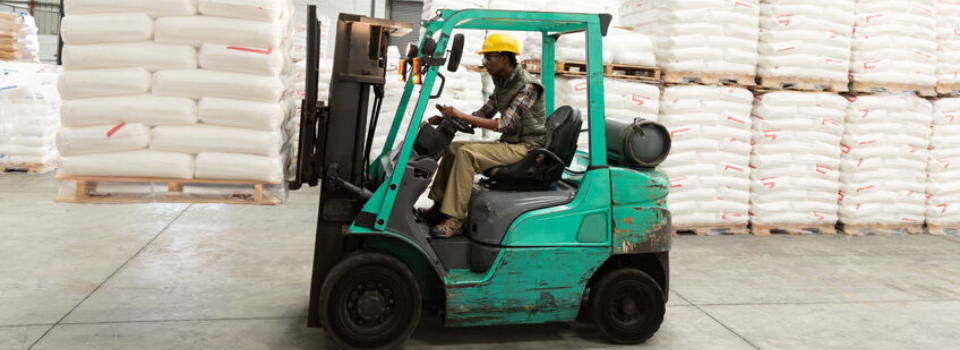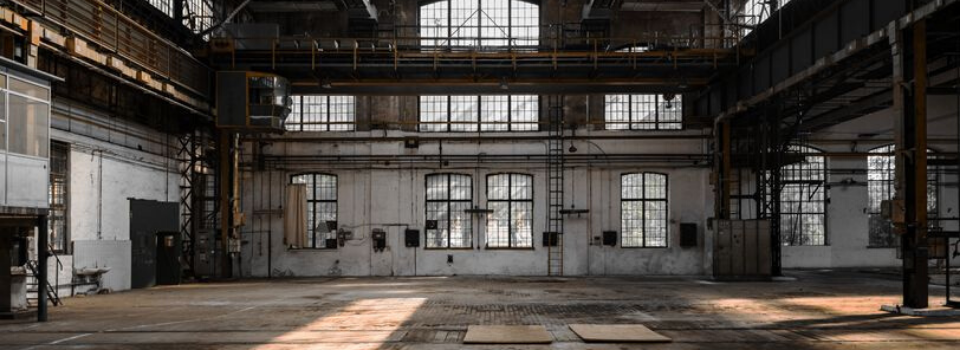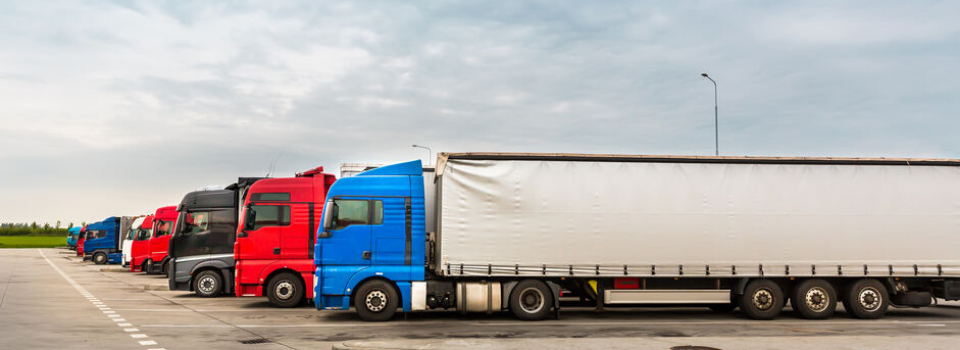Warning: Distribution network misalignment creeps in without you even being aware of it—until it is too late and your costs are out of control.
Unfortunately, the only way around this problem is to follow the example of leading supply chain companies and continually appraise and optimise your network design.

Failure to do so could result in unpleasant financial repercussions—or “costequences” as I have dubbed them—for your company.
Let us examine seven possible “costequences” of misaligned distribution networks:
1. Costs of Carrying Inventory

Imbalances in your distribution network will almost certainly result in you accumulating too much buffer stock, and in the process raise your inventory carrying costs.
In this situation, you could be incurring extra expenses when it comes to:
- Insurance and tax
- Labour
- Warehouse overheads
- Material handling equipment (MHE) operating expenses
- Inventory shrinkage, obsolescence and/or damage.
If your inventory costs start increasing without clear reason you would do well to consider distribution network misalignment as one of the causes.
2. Facility Costs

If you have too many warehouses, or warehouses sited in the wrong places, your company could be incurring unnecessary facility costs.
A study of your distribution network might show that you could dispense with one, or even two or more, of your warehouses, saving you a bundle in facility costs.
3. Labour Costs

Inventory imbalances and misaligned facilities could well result in you hiring more staff than needed, unnecessarily adding to your labour costs.
This situation could apply to your warehouses as well as to your in-house transportation resources.
You are probably spending more than is necessary if you have too many storage facilities.
4. Last-Mile Transport Costs

Last-mile transportation typically makes up around 28% of total supply chain transport costs, so it is essential that your distribution centres and warehouses are well located for replenishment and deliveries to customers.
Some questions you should be asking yourself:
- Are your trucks the right size?
- Would it be more cost-effective to outsource your transportation?
- Do you have too many or too few vehicles?
- Have you streamlined your transport networks to minimise time, distance, and fuel use?
Transportation facilities are changing all the time. Make sure your ones are optimised.
5. MHE Costs
Mechanical handling equipment is expensive and depreciates rapidly. You need to match demand and supply to make optimum use of MHEs and other equipment.
6. System Costs

The bottom line here is that processes come with system costs. The more you have, the higher your costs.
Processes include items such as:
- An ERP solution
- Applications for inventory management
- Productivity and analytic software
- Computers, mobiles, and scanners
- Wireless networks
- Other software and hardware
These systems all come with costs, such as licence fees and maintenance by IT specialists. Do you really need them all?
7. The Cost of Loss

Distribution network misalignment can trigger a range of losses, such as:
- Loss of supply chain flexibility
- Loss of quality of service
- Loss of ability to penetrate the market
- Loss of factors supporting business growth.
Unless you resolve your alignment problems, you will begin losing business to rivals whose distribution networks are optimised.

